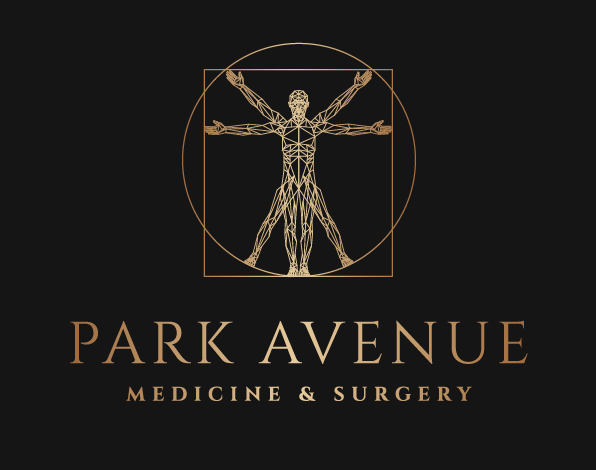Palliative Medicine
In 1990, palliative care was defined by the World Health Organization as a form of care that targets the chronically ill, those who have progressing diseases that threaten the continuity of life. Such care was recommended for all countries as part of the comprehensive care for human beings. The palliative care specialist treats the patients but not their illnesses. How? They do so by looking at one’s needs and symptoms not only from the physical, but also from the emotional, social and spiritual point of view. The specialist also looks at the family and the caregiver during treatment and provides care after death in the period of mourning.
Palliative care began in oncology, but today it extends to the carriers of all chronic diseases. Patients with advanced diabetes, heart disease, or chronic lung disease benefit from receiving this type of care. However, even today, those with advanced stages of cancer constitute most patients requiring palliative care. The first step in palliative care treatment is to listen to the patient, to observe him or her as an individual who has a history, and to grasp a level of understanding of his or her own condition. The specialist must be attentive to all the characteristics and conditions of that patient. This was the way that palliative medicine oversaw the patient and his family in order to meet the needs of the family nucleus in a very personalized way - as part of the specific treatment.
From the physical point of view, besides pain, the most common symptoms targeted by palliative care are fatigue and shortness of breath, which are extremely distressing symptoms that can be controlled in a simple way without the need of great technological resources. Other problems that are focused on during treatment include nausea, vomiting, loss of appetite, weight loss, sores, depression, anguish, fear and loneliness. Palliative medicine advocates that one should always seek the cause of the symptom to try to minimize it. Fatigue, for example, can be determined by anemia or a metabolic disorder amenable to treatment. When one cannot fight the cause, there are psychostimulant drugs that can be used since they make people more willing, more cheerful, and more likely to improve their quality of life even if by a little.
It is important to note that most sick people realize when their life is coming to an end. The signs are very clear: one loses mobility in one day; the next day one cannot sit or turn in bed and depends on other’s help to make any movements. The feeling of fatigue becomes very acute, the appetite disappears completely, and it is no use imposing an artificial diet, because the individual no longer responds to any type of treatment. (In fact, to stop feeding at the end of life is providential because it makes the body produce some substances that relieve pain and discomfort.) In palliative medicine, much medication is used subcutaneously. As the picture progresses, some drowsiness and mental confusion may arise. At this stage, it is common for patients to see things and communicate with family members who have sometimes died. Gradually, however, they lose consciousness and sleep most of the time.
In this period, it is important to listen to what they have to say, to listen to their desires and needs, and to reassure their families. There are patients who ask to die at home next to a certain person. The best way to approach them at this stage is to assure them that his or her health specialist will not abandon them, that their family is there and that both the specialists and family want them to end their lives in peace.
References:
https://www.liebertpub.com/loi/jpm
https://www.nia.nih.gov/health/what-are-palliative-care-and-hospice-care



